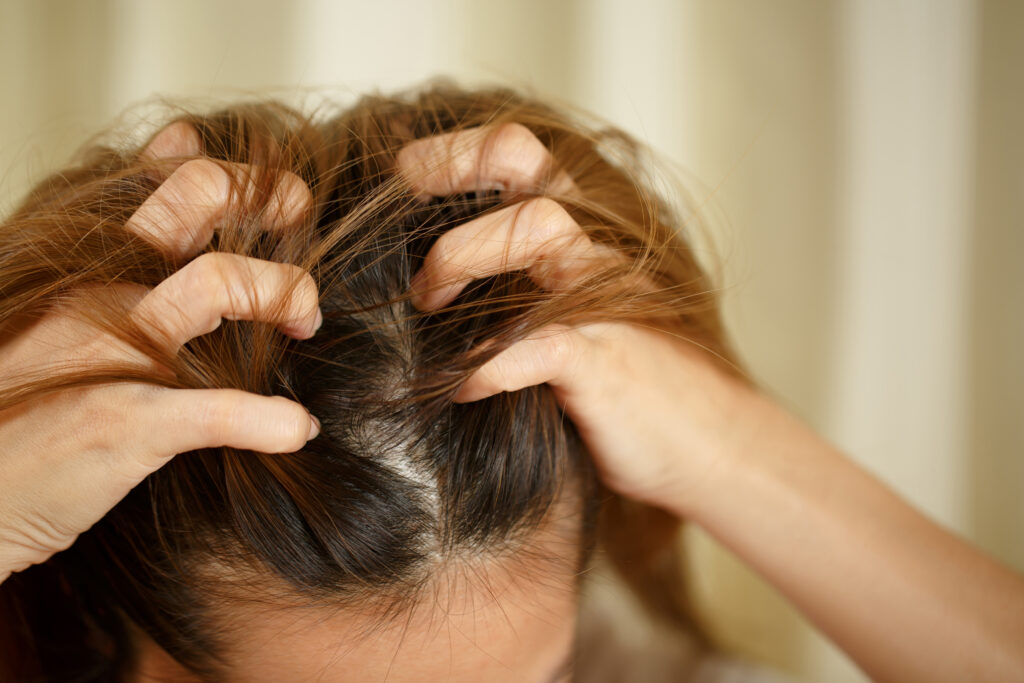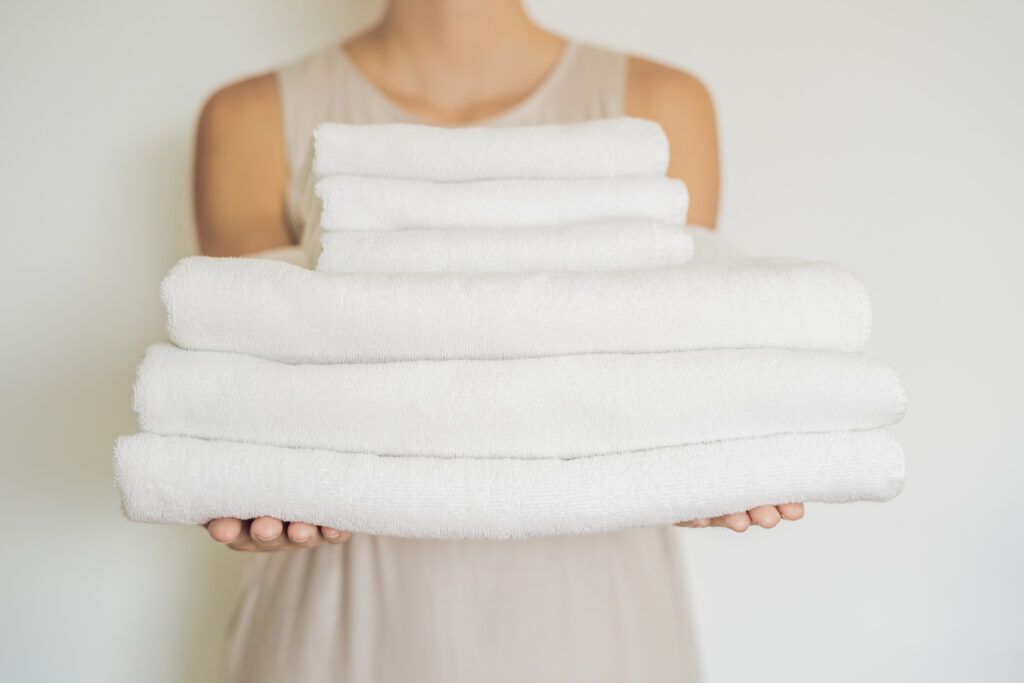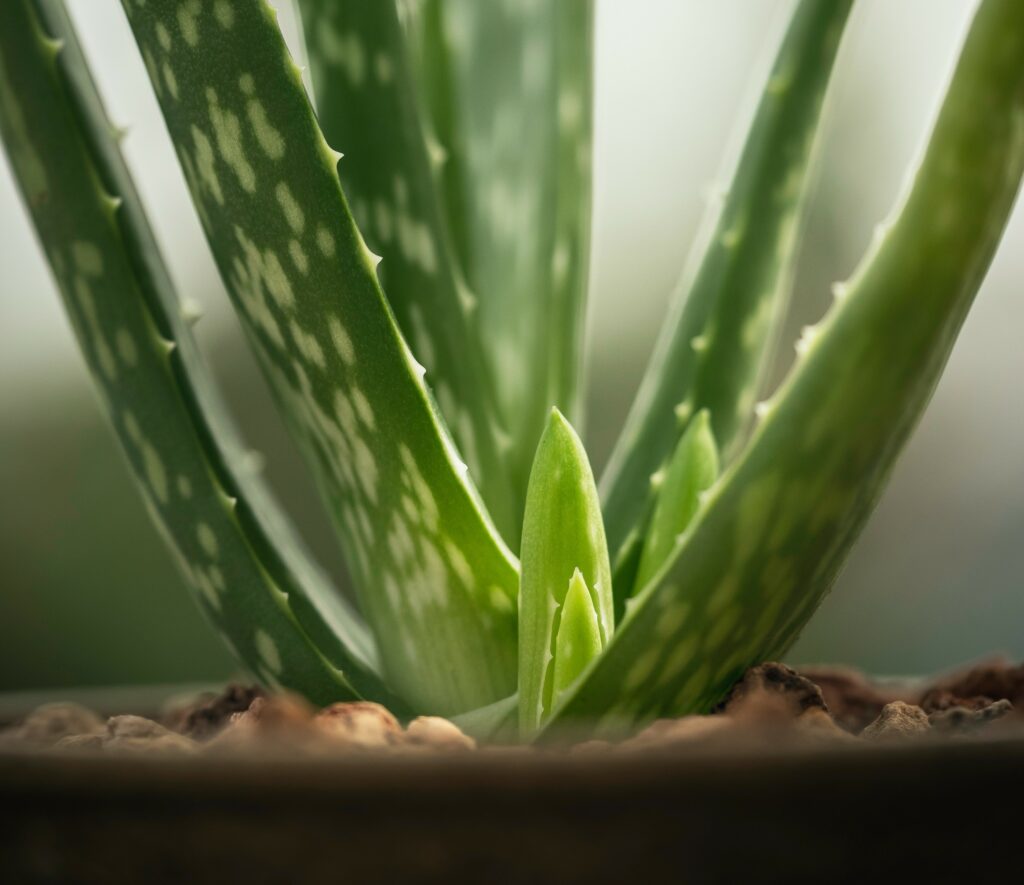Cutaneous Mycoses
Fungi is present all over your skin. In fact, it is normal for the human body to have lots of natural, healthy fungi living on it. Sometimes, though, circumstances may lead to an overgrowth of fungus, though, creating an infection. Fungi can multiply and cause infections of the skin, producing irritating symptoms like itching, rashes, and scaliness. If you think you have a fungal skin infection or you want to ensure you prevent it from occurring, this guide has everything you need to know.
There will be a focus on cutaneous mycoses – a superficial type of mycosis that causes skin inflammation, rashes, and itchiness.
It will go through:
- What cutaneous mycoses is
- The four types of mycoses
- Cutaneous mycoses: symptoms
- Cutaneous mycoses: causes
- Four common types of fungal infections of the skin
- Treating fungal skin infections
- Preventing fungal skin infections
- Natural home remedies for fungal infections
- When to go to the doctor
- FAQs
What is cutaneous mycoses?
Cutaneous mycoses are types of fungal infections that affect the hair, skin, and nails. It is caused by different groups of fungi, including candida and dermatophytes. The literal cutaneous definition is ‘skin’, and the definition of mycoses is ‘fungal infection’. In essence, it means fungal infection of the skin.
It usually happens in warm and moist areas, as that is where fungi thrive. You will often find cutaneous mycosis in places like the armpits, feet, and groin.

The Four Types of Mycoses
It’s handy to understand each type of mycoses and how cutaneous mycosis falls into it.
1. Superficial
Superficial Mycoses refers to the very outer layer of the skin. This type of fungi generally doesn’t produce much irritation at all (if any).
2. Cutaneous
Much like superficial mycoses, cutaneous mycoses refer to the top layers of the skin. Unlike superficial mycoses, however, cutaneous does produce irritation and inflammation. Cutaneous mycoses include fungal infections like tinea pedis and yeast infections.
3. Subcutaneous
Subcutaneous mycoses reach deeper layers of the skin, including underlying tissue. These fungal infections are localised and usually develop due to skin trauma. Lobomycosis is one example of subcutaneous mycosis, with some of the causes being snake bites or wounds from vegetation.
4. Systemic
Meaning ‘very deep’, systemic mycoses reach internal organs. These types of infections generally only happen to immunocompromised individuals due to the fungus being opportunistic.
Cutaneous Mycoses: Symptoms
The symptoms caused by cutaneous mycoses depend on the individual infection. For example, tinea corporis produces different symptoms from candidiasis. There are some similarities, however – especially between infections that are caused by the same group of fungi. These are some of the most common cutaneous mycoses symptoms to look out for:
- Skin redness
- Itching
- Swelling
- Rash
- Scaly skin
- Ring-like lesions
- Blisters
You can look at skin fungal infection pictures to help determine what type of infection you may have.
Cutaneous Mycoses: Causes
Most cutaneous mycoses are caused by two different groups of fungi: dermatophytes and candida. Dermatophytes (also known as tinea) cause ringworm, jock itch, and athlete’s foot – infections that commonly produce symptoms like scaly skin and redness. Candida is responsible for yeast infections like candidiasis (also known as vaginal yeast infection). Common cutaneous candidiasis symptoms include itchiness, soreness, and abnormal discharge.
These types of fungi thrive in warm and moist environments. You are more prone to these types of fungal infections if you:
- Live in a warm environment
- Don’t let your skin breathe often
- Share towels, shoes, or socks
To avoid these fungal infections, you must let your air breathe as much as possible.

Four Common Types of Fungal Infections of the Skin
It’s important to know the individual fungal skin infections and their causes, symptoms, and treatment options. Knowing how to differentiate between them might help you understand your fungal skin condition. The first three listed – tinea pedis, tinea cruris, and tinea corporis – are all mycotic infections caused by the same type of fungi group: dermatophytes. Yeast infections, on the other hand, are caused by the fungi candida.
1. Tinea Pedis (Athlete’s Foot)
Athlete’s foot is a fungal foot infection that causes dry, itchy, and scaly skin. It often starts in the toes but can quickly spread to the soles, sides, and heel.
The reason for the name “athlete’s foot” is that it is so common in athletes – particularly swimmers. The warm, wet environments they are often in make the perfect breeding ground for this type of fungi. It’s important to note that anyone can get athlete’s foot, though. You can pick it up from others, or you might get it by wearing shoes for too long or not drying your feet properly.
Treatment for athlete’s foot includes antifungal medications. One of the most effective antifungal creams is Pevaryl 1% Topical Cream, which targets the fungus and kills the infection in two weeks. You can also find antifungal powders and sprays over the counter.
2. Tinea Cruris (Jock Itch)
Tinea Cruris – more commonly known as Jock Itch – is a fungal infection that targets warm and moist areas of the body. That includes the inner thighs and the groin. Jock itch usually produces a red and itchy rash, sometimes in a ring shape. Blisters are another common symptom.
To treat jock itch, you need antifungal medications like creams, powders, and sprays, which should clear up within a few weeks. Pevaryl 1% Topical Cream works just as well on this infection as it does on athlete’s foot (they are caused by the same type of fungi, after all).
3. Tinea Corporis (Ringworm)
Tinea Corporis (ringworm) is a fungal infection that often appears on the arms, legs, crotch, and buttocks, producing an easy-to-spot circular rash. It is referred to as ringworm because of the circle shape, but no worms are involved in this infection.
Treatment for ringworm includes antifungal creams. In severe cases – such as ringworm that doesn’t go away with OTC treatment – a prescription for antifungal medication may be required.
4. Yeast Infections
Yeast infections are caused by the overgrowth of yeast in the body. It typically occurs in the vagina (where yeast naturally lives), but it can affect other areas like the throat and mouth. Common symptoms include itchiness, abnormal vaginal discharge, redness, and soreness.
Treatment for yeast infections includes both topical creams and oral medication. Gyno Pevaryl works well at clearing up vaginal yeast infections. If you suffer from recurring yeast infections, you should see your doctor.
To diagnose a mycose infection, a physician will examine the area, ask questions about your symptoms, and potentially take a sample. If you’re concerned about a vaginal infection, they may do a pelvic exam and take a sample of the discharge to determine what type of bacteria is causing the infection.
Treating Fungal Skin Infections
Treating fungal skin infections means using antifungal medications. These come in a range of forms. You can usually treat the infection easily with a topical cream like Pevaryl 1% Topical Cream. By applying this every day for fourteen days, your fungal skin infection should clear up.
There are also antifungal sprays and oral medications. If over-the-counter medications don’t work after a few weeks, you should see a doctor – they can prescribe antifungal medications.
Preventing Fungal Skin Infections
Preventing fungal skin infections means not creating an ideal environment for the fungi to grow.
To prevent infections like tinea pedis, tinea cruris, and tinea corporis, you should put the following into practice:
- Don’t share towels, shoes, or socks
- Wash and dry skin regularly
- Wear loose-fitted clothing
- Don’t walk around barefoot
Preventing a vaginal yeast infection is a little different. Here is what you should do to prevent one:
- Always wipe front to back
- Avoid scented products around your vagina and vulva
- Avoid douching
- Wear loose-fitted clothing
Making these habits a part of your day-to-day life will help you stay clear of fungal skin infections.
Natural Home Remedies for Fungal Infections
Some natural home remedies can help clear up fungal infections. Remember – antifungal medications and topical creams like the Pevaryl 1% Topical Cream over the counter or through a prescription are more effective at clearing up the infection.
However, these home remedies are still good to keep in mind.
Apple Cider Vinegar
Apple cider vinegar is effective because it kills the type of bacteria and fungus that leads to an infection. It’s most commonly applied in the form of a bath soak. Add some apple cider vinegar to a warm bath before soaking your skin in it for around twenty minutes.
Yoghurt
Yoghurt is full of good bacteria that help fight fungal infections – particularly yeast. Some people swear by eating yoghurt to help prevent yeast infections. Others find that applying yoghurt topically can help clear up the infection while soothing the area.
Honey
Honey is a naturally-healing antiseptic. You can apply honey to an affected area to help kill the fungus. Try leaving it on for around twenty minutes for the best results.
Aloe Vera
Aloe Vera is a natural plant that helps many ailments. Due to its anti-bacterial properties, it can help clear up a fungal infection. Plus, the feeling of aloe vera is very soothing, so it might help repair skin damage and stop the itch.
As previously mentioned, antifungal medications are the best method for treating fungal infections. These home remedies may help you clear up your infection, though.

When to Go to the Doctor
Cutaneous mycoses infections are usually nothing to worry about and can be treated with simple over-the-counter medications like Pevaryl 1% Topical Cream.
Certain times call for a trip to the doctor, though. If you experience anything listed below, it’s time to make an appointment.
- You are diabetic
- You are pregnant
- Over-the-counter medications don’t work
- It’s still present after two weeks
- It is getting in the way of your normal life
- You’re showing signs of additional infection (pus, fever, etc.)
The doctor will examine the area, ask questions about your symptoms, and possibly take a sample from you. From there, they will come up with a treatment plan that best suits you and your infection.
Frequently asked questions
What Causes Skin Mycoses?
Skin Mycoses usually occur in warm and moist areas in places like the armpits, feet, and groin. Therefore, it can be caused if you live in a warm environment, don’t let your skin breathe often, or you share towels, shoes, or socks.
What are the 4 Types of Fungal Infections of The Skin?
You may experience tinea pedis (athlete’s foot), tinea cruris (jock itch), tinea corporis (ringworm), or yeast infections. Each can be treated with over-the-counter medicine.
What are the Types of Mycoses?
The types of Mycoses you may experience include Superficial Mycoses (on the outer layer of skin), cutaneous mycoses (on the top layers of the skin), subcutaneous mycoses (on deeper layers of the skin), and systemic mycoses (reaches internal organs).
What are the Symptoms of Cutaneous Mycoses?
Cutaneous mycoses are infections that produce symptoms like skin redness, itching, swelling, rash, scaly skin, ring-like lesions, and blisters. Each individual may have their own type of symptoms.
How Do I Get Rid of Mycose?
They require antifungal medications to help combat and heal them. You can use the Pevaryl 1% Topical Cream.
What is the Best Medicine for Skin Fungal Infection?
Antifungal medications are the best medicine, and you can get them in various forms, including topical creams, sprays, and oral medicine.
What is the Best Cream for Skin Fungal Infections?
Pevaryl 1% Topical Cream works well on many fungal skin infections – whether you need it for skin fungus on the back of your leg or the feet, it works by killing the fungus causing the infection.
If you’re not sure what treatment is best for you, speak to your doctor or pharmacist.
Can I Treat Fungal Infection Naturally?
There are natural home remedies that can help clear up an infection. These don’t always work effectively, though, and it’s better to use antifungal medications that are made purposely to treat fungal infections. If you need advice on what treatments to use, you can speak to a doctor or pharmacist.
How can I treat Fungal Infections Naturally?
You can try using apple cider vinegar, yoghurt, honey, and aloe vera. These remedies aren’t fool-proof and may not work for everyone, so bear this in mind. If it doesn’t clear up your infection, you should find a cream that specifically targets the problem.
How Do I Stop a Rash Itch?
The best method for stopping the itch is by targeting the infection at its root through antifungal medications. In the meantime, though, you can use soothing creams and aloe vera to help soothe the area and provide relief.
How Do I Stop Fungal Infections from Coming Back?
Stopping fungal infections from coming back means not creating an environment for the fungi to grow in. You want to avoid warm, tight clothes that lock in moisture. You should also avoid sharing towels, shoes, and socks, as some fungal infections can be passed from person to person.
If you are experiencing recurring fungal infections, you should speak to your doctor.
Remember – if over-the-counter medications don’t help clear up your infection, it’s important to speak to your doctor.
No products found